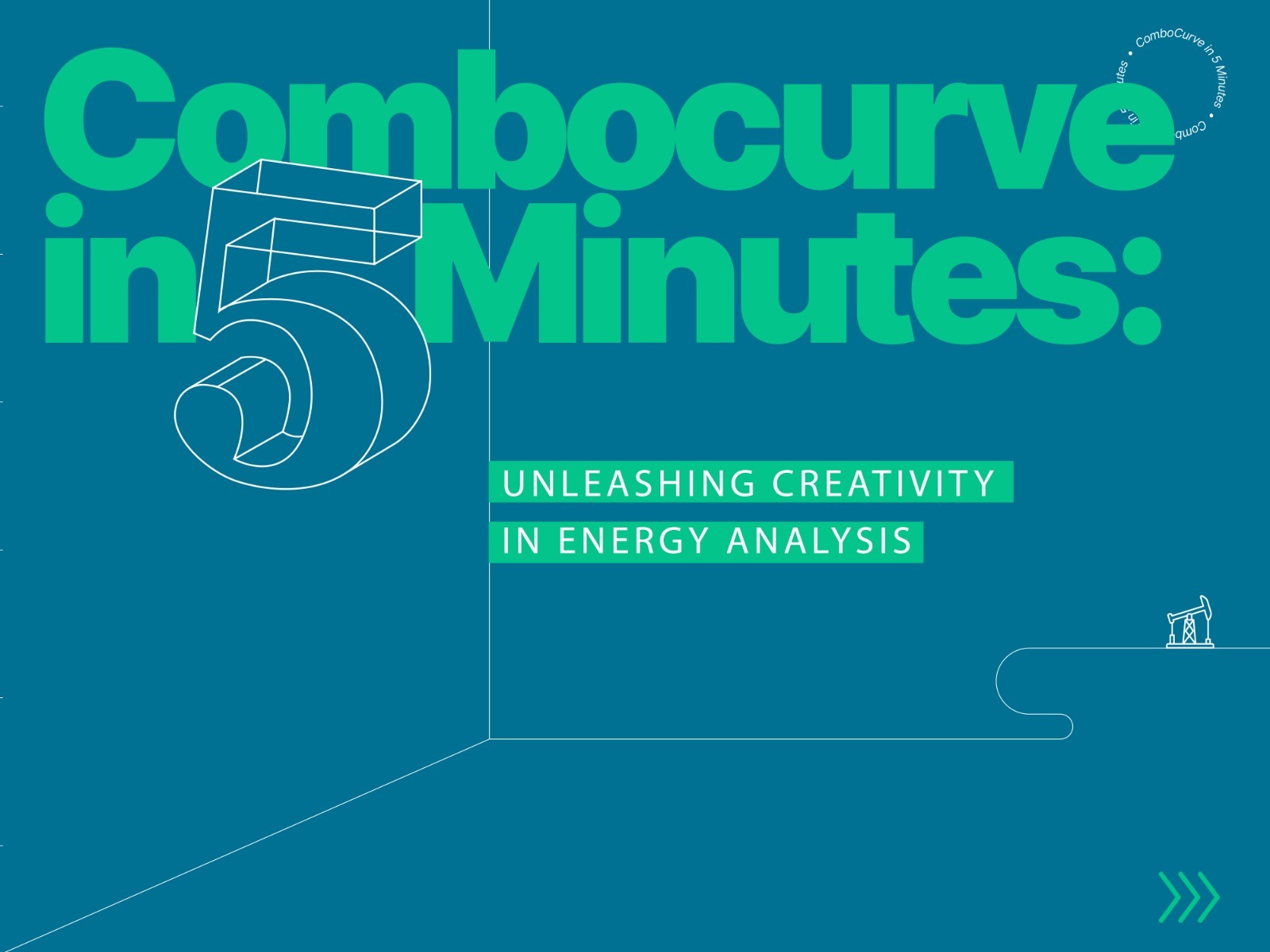Related Posts
Petroleum Engineering w/ ComboCurve in Under 5 Minutes
4 days for 1 person to run petroleum engineering workflows on forecasts, type curves, etc., each month, means you're losing 1,152 hours annually.
ComboCurve Launches Next Phase of Platform with Glenn Eckstein as Vice President of Engineering
Rapidly growing energy platform ComboCurve is excited to welcome Glenn Eckstein to its leadership team.
The Future of O&G A&D: Speed Matters
The oil and gas acquisitions and divestitures market has been heating up ever since major industry mergers and acquisitions dominated headlines in 2023. Energy production is at record-high levels, and the industry is seeing an unprecedented number of deals. To stay competitive in A&D, analysts need the ability to make quick, data-driven decisions. This is where ComboCurve is transforming the game. Advanced analytics and industry-leading speed will be the future baseline for A&D deal making.



